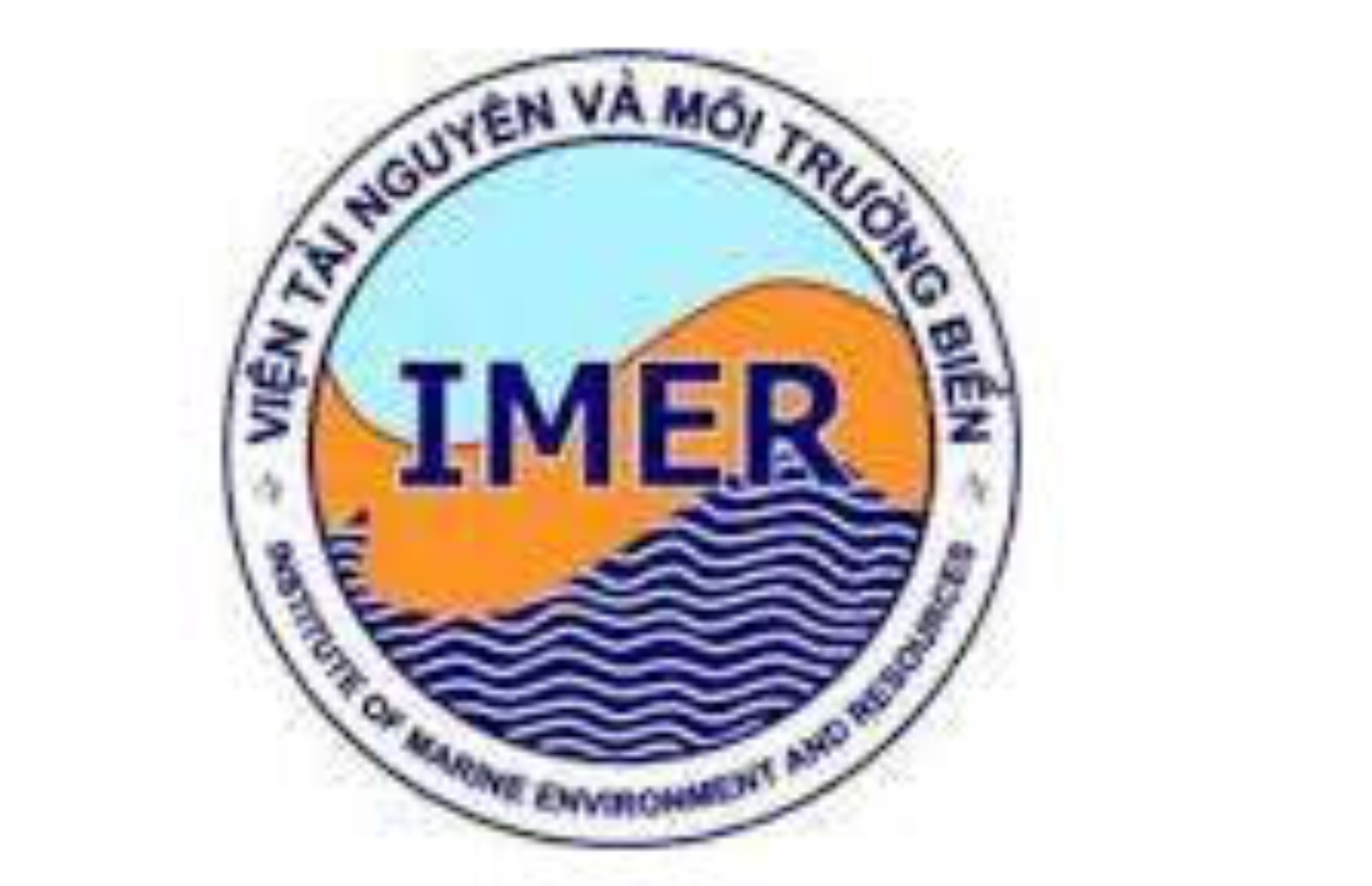Comparison of lipid classes and fatty acid compositions of farmed and wild pacific oysters, Crassostrea gigas, in Nha Trang, Vietnam
Author affiliations
DOI:
https://doi.org/10.15625/1859-3097/15789Keywords:
Lipid classes, FAs, the pacific oyster, Crassostrea gigas.Abstract
Lipid classes and fatty acid compositions of the farmed (F-C. gigas) and wild (W-C. gigas) pacific oysters, Crassostrea gigas, in Nha Trang, Vietnam were investigated for the first time. The results indicated that the lipid classes and fatty acid components of these oysters were insignificantly different. The total lipid of both studied oysters included six lipid classes, namely phospholipid (PL), sterol (ST), free fatty acid (FFA), triacylglycerol (TG), monoalkyldiacylglycerol (MADG), and hydrocarbon-wax (HW) in which TG and PL were dominated with the values of 48.4%, 41.8% for TG and 19.0%, 20.3% for PL in F-C. gigas and W-C. gigas, respectively. The fatty acids (FAs) content of F-C. gigas and W-C. gigas was similar. The saturated fatty acids (SFAs) content was 48.2% in total fatty acids (TFAs) of the F-C. gigas and 44.7% in TFAs of W-C. gigas, in which 16:0 was dominated in SFAs of both oysters with the value of 24.2% in F-C. gigas and 22.0% in W-C. gigas. The contents of monounsaturated fatty acids (MUFAs) and polyunsaturated fatty acids (PUFAs) were 18.3%, 20.5% for MUFAs and 31.7%, 34.7% for PUFAs respectively in F-C. gigas and W-C. gigas. These MUFAs compositions contained 16:1n-7, 16:1n-5, 18:1n-9, 18:1n-7, 20:1n-11, 20:1n-9 and 20:1n-7, among them fatty acids 16:1n-7 (7.2% in F-C. gigas, 6.3% in W-C. gigas) and 18:1n-7 (6.6% in F-C. gigas, 7.4% in W-C. gigas) were the main MUFAs. PUFAs in these two oysters consisted of long-chain n-3 and n-6 fatty acids, in which 20:5n-3 (EPA) and 22:6n-3 (DHA) were dominated with the values of 12.7%, 13.9% for EPA in F-C. gigas and 6.5%, 6.0% for DHA in W-C. gigas.
Downloads
Metrics
References
Carte, B. K., 1993. Marine natural products as a source of novel pharmacological agents. Current Opinion in Biotechnology, 4(3), 275–279.
Fsulkner, D. J., 2000. Highlights of marine natural products chemistry (1972–1999). Nat. Prod. Rep, 17, 1–6.
Avila, C., 1995. Natural products of opisthobranch molluscs: a biological review. Oceanography and Marine Biology, 33, 487–559.
Benkendorff, K., 2010. Molluscan biological and chemical diversity: secondary metabolites and medicinal resources produced by marine molluscs. Biological Reviews, 85(4), 757–775.
Summary report of the marine medicinal project, KC.09.15 (2003–2005), INPC.
Pham Quoc Long, et al., 2004. Study on lipid and fatty acid compositions and bioactivities of some starfishes, holothuria, sea urchins (Echinoderms). VNU Journal of Science, (4), 11–18.
Chakraborty, K., Chakkalakal, S. J., Joseph, D., and Joy, M., 2016. Nutritional composition of edible oysters (Crassostrea madrasensis L.) from the southwest coast of India. Journal of Aquatic Food Product Technology, 25(8), 1172–1189.
Bligh, E. G., and Dyer, W. J., 1959. A rapid method of total lipid extraction and purification. Canadian Journal of Biochemistry and Physiology, 37(8), 911–917.
Carreau, J. P., and Dubacq, J. P., 1978. Adaptation of a macro-scale method to the micro-scale for fatty acid methyl transesterification of biological lipid extracts. Journal of Chromatography A, 151(3), 384–390.
Piveteau, F., Gandemer, G., Baud, J. P., and Demaimay, M., 1999. Changes in lipid and fatty acid compositions of European oysters fattened with Skeletonema costatum diatom for six weeks in ponds. Aquaculture International, 7(5), 341–355.
Downloads
Published
How to Cite
Issue
Section
License
Copyright (c) 2020 Vietnam Journal of Marine Science and Technology

This work is licensed under a Creative Commons Attribution-NonCommercial-NoDerivatives 4.0 International License.









